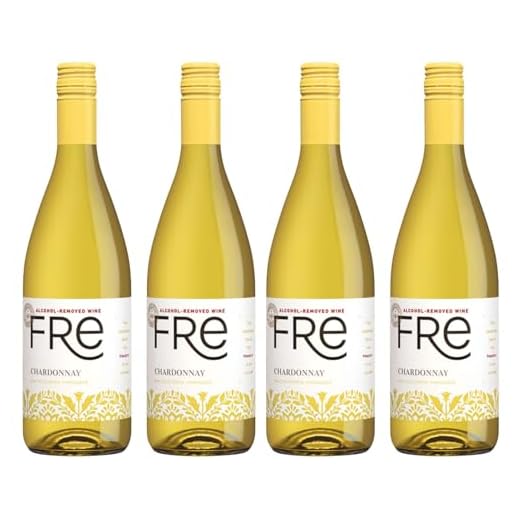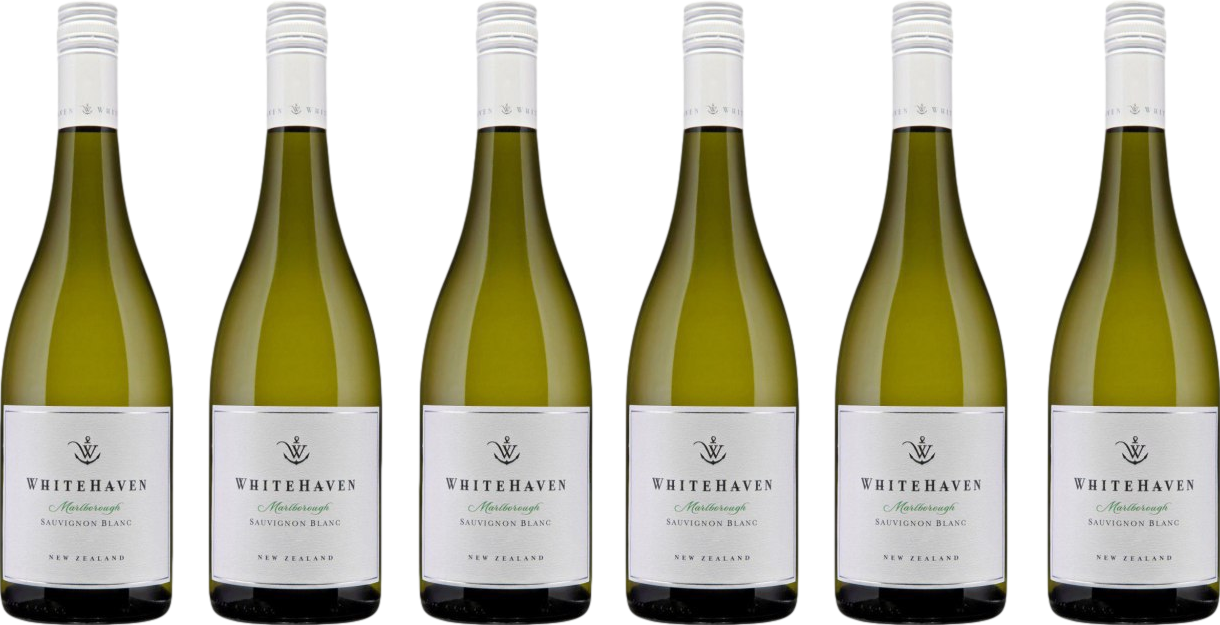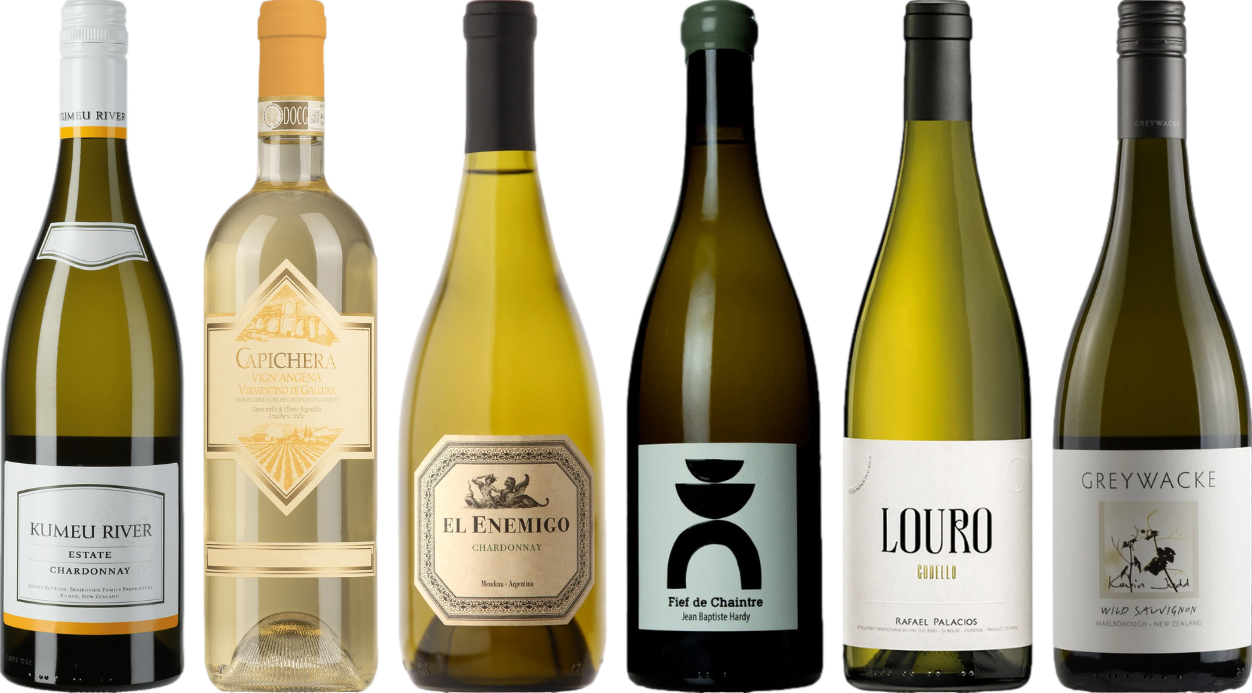



It’s a common belief that a chilled bottle is ideal for summer gatherings. However, the temperature at which your favorite beverage solidifies can vary significantly. Generally, the freezing point of most beverages, including those made from fermented grapes, hovers around 20°F (-6°C). This means that if you’re aiming to keep your drink cold, be cautious about leaving it in the freezer for too long.
In practice, if you want to chill your bottle quickly, placing it in an ice bath with water and salt can be remarkably effective. This method can reduce the temperature significantly in a short period, providing a refreshing drink without the risk of solidification. Aim for about 15-20 minutes in this setup to achieve a perfect chill without compromising the integrity of the flavors.
For those who do accidentally leave a bottle in the freezer too long, don’t panic. If it begins to solidify, gently warming it in the fridge can often restore its original state. Just remember: prevention is key. Always monitor your chilling time to ensure a delightful experience when serving your guests.
Does White Wine Freeze
Chilling this beverage to the right temperature is crucial, but if subjected to extreme cold, it will solidify. The freezing point typically hovers around 15°F (-9°C), influenced by sugar and alcohol content. A high alcohol level lowers the freezing point, while sweetness can raise it.
For optimal enjoyment, consider the following recommendations:
- Store in a refrigerator instead of a freezer to avoid unwanted solidification.
- If you must use a freezer, set a timer to avoid extended exposure.
- Thaw gently if it does freeze; rapid warming can alter flavors and aromas.
Be mindful of bottle integrity; expansion can cause corks to pop or bottles to crack. Proper storage ensures the integrity of flavors and aromas, allowing for the best tasting experience.
Experimenting with temperatures can enhance your tasting experience. Chilled options are refreshing, while slightly warmer selections can reveal complex aromas. Adjust based on your personal preference and the dish you’re pairing it with.
In summary, while solidifying can happen, understanding how to manage storage and temperature will enhance your enjoyment of this delightful beverage.
Understanding the Freezing Point of White Wine
A typical variety of this beverage has a freezing point around 15°F (-9°C), significantly lower than that of water due to its alcohol content. The specific freezing temperature can vary based on the alcohol by volume (ABV) and the sugar levels present.
Factors Influencing Freezing Temperature
- Alcohol Content: A higher percentage of alcohol lowers the freezing point. For instance, a bottle with 12% ABV will freeze at a different temperature than one with 14% ABV.
- Residual Sugar: Sweet varieties can also have a lower freezing point, as sugar interacts with water molecules, affecting freezing behavior.
- Acidity: The acidity level can impact the overall chemical composition, which may lead to slight variations in freezing points.
Recommendations for Serving and Storage
To preserve the intended flavors and aromas, avoid placing bottles in standard freezers. Instead, opt for refrigeration to chill effectively without risking solidification.
For optimal tasting experiences, serve chilled between 45°F to 55°F (7°C to 13°C). If you accidentally freeze a bottle, allow it to thaw gradually in the refrigerator before serving, ensuring the integrity of the flavors remains intact.
Factors Affecting the Freezing Process of White Wine
Alcohol content plays a significant role in determining the freezing threshold of these beverages. Typically, the higher the alcohol concentration, the lower the temperature required for solidification. Most varieties contain around 11-14% alcohol by volume, setting their freezing point between 20°F and 30°F (-6°C to -1°C).
Another critical aspect is the sugar level. Wines with elevated residual sugars tend to have lower freezing points due to the interference of sugar molecules in the crystallization process. This can delay the onset of solidification and influence texture when thawed.
The presence of acidity also impacts the freezing behavior. Wines that are more acidic may experience alterations in freezing characteristics, leading to variations in how quickly they solidify compared to their less acidic counterparts.
Temperature consistency is vital as well. Rapid temperature changes can cause uneven freezing, which might result in unwanted textures or flavors. A gradual cooling process is preferred to maintain quality.
Lastly, the initial storage conditions before reaching freezing temperatures can affect the final outcome. Factors like exposure to light and air, along with the integrity of the bottle seal, can influence the overall integrity of the liquid, potentially altering its freezing dynamics.
How to Properly Freeze White Wine for Storage
To successfully preserve your favorite varietals, pour the wine into an ice cube tray or silicone molds, filling each compartment to about 75% capacity. This allows room for expansion as the liquid turns to ice. Avoid glass containers, as they can break under pressure.
Best Practices for Thawing
When you’re ready to use the frozen liquid, transfer the cubes to the refrigerator for gradual thawing. This method helps maintain flavor integrity. For immediate use, you can place the cubes in a glass and let them sit at room temperature, but avoid using a microwave or hot water, as this can alter the taste.
Using Frozen Wine
Frozen cubes are perfect for cooking, adding depth to sauces, or enhancing marinades. If you’re looking for a quick drink, combine the cubes with soda or tonic for a refreshing spritzer. Just remember, the quality may differ from fresh liquid, so choose your freezing options wisely.
For those tackling household tasks, you might wonder if can you safely use soda crystals to unblock your sink. It’s essential to consider safe practices in all areas of home management.
Effects of Freezing on Quality and Taste
Freezing can significantly alter the characteristics of your chilled beverage. The primary concern is that ice crystals form during the process, which can lead to the breakdown of flavors and aromas. The delicate notes that define a fine vintage may become muted or lost altogether.
When temperatures drop, the volatile compounds responsible for aromatic profiles can evaporate, diminishing the overall sensory experience. Remember that the clarity and mouthfeel may also suffer. The texture often becomes less smooth, resulting in a less enjoyable sip.
For best results, if you do choose to chill your beverage in the freezer, monitor the time carefully. A brief period can lower the temperature without compromising quality, whereas extended exposure typically leads to undesirable changes.
If you find yourself with an over-chilled bottle, allow it to return to a more suitable temperature gradually. This practice helps preserve those nuanced flavors and aromas. Always aim to serve at the optimal temperature to fully appreciate the intended qualities of the beverage.
In summary, while chilling is an option, be cautious. The effects of freezing are profound, and one must weigh the benefits against the potential loss of what makes a great vintage remarkable.
Best Practices for Thawing Frozen White Wine
Thawing should be approached with care to maintain the integrity of the beverage. The best method is to transfer the bottle to the refrigerator. This allows for a gradual warming, which helps preserve flavor and aroma. Aim for a thawing period of 24 hours for optimal results.
Avoid using hot water or microwaves, as rapid temperature changes can alter the delicate balance of flavors and aromas. If time is limited, submerge the sealed bottle in a bowl of lukewarm water for about 30 minutes. Ensure the water is not too hot to prevent thermal shock.
Once thawed, gently swirl the glass before tasting to aerate and reintroduce some of the lost aromatic qualities. It’s advisable to consume the thawed liquid within a few days for the best experience, as freezing may have affected its quality.
| Thawing Method | Time Required | Notes |
|---|---|---|
| Refrigerator | 24 hours | Best for flavor preservation |
| Lukewarm Water | 30 minutes | Avoid hot water to prevent damage |
After thawing, taste and assess before serving to ensure it meets your standards. Enjoying the nuances of the drink is key, so take your time to appreciate the results of your careful thawing process.







